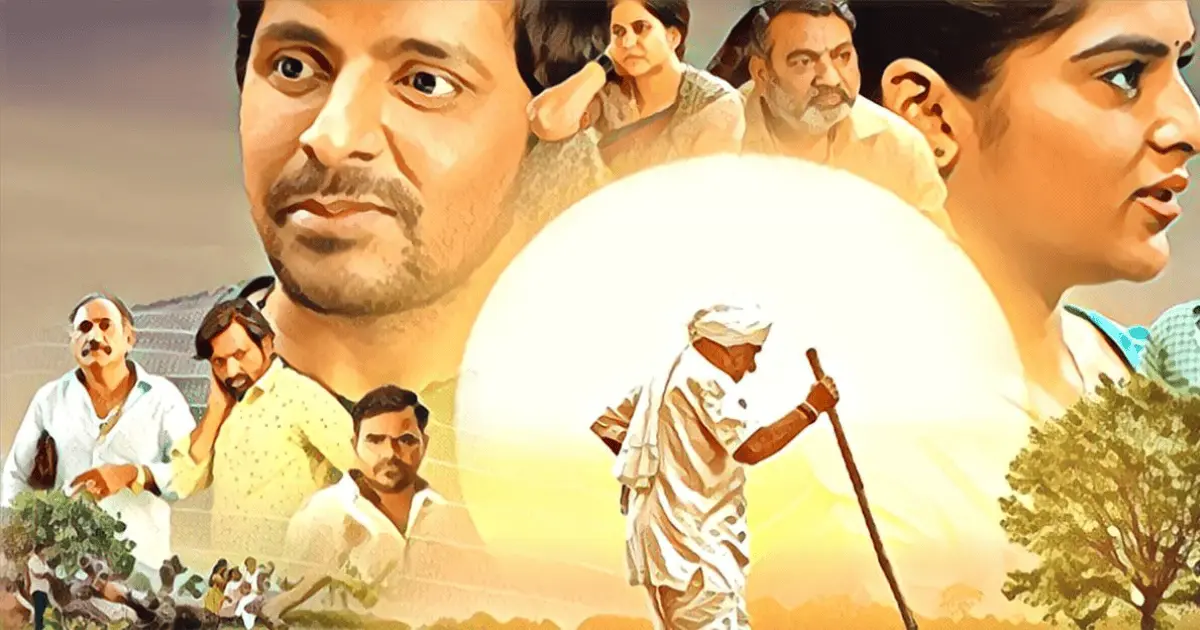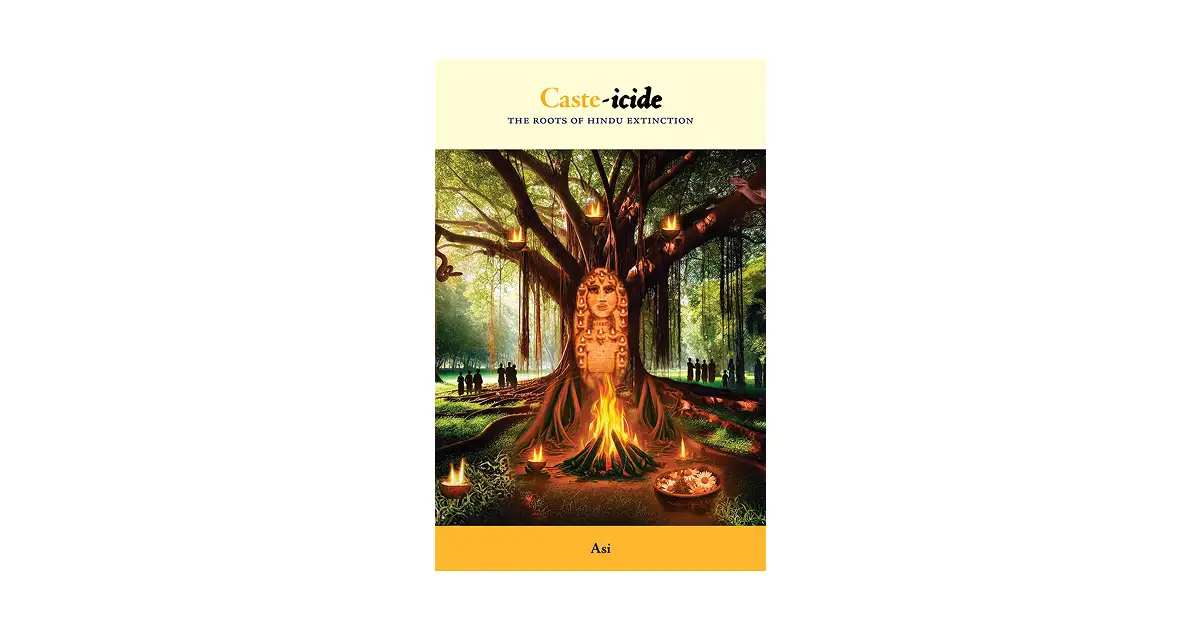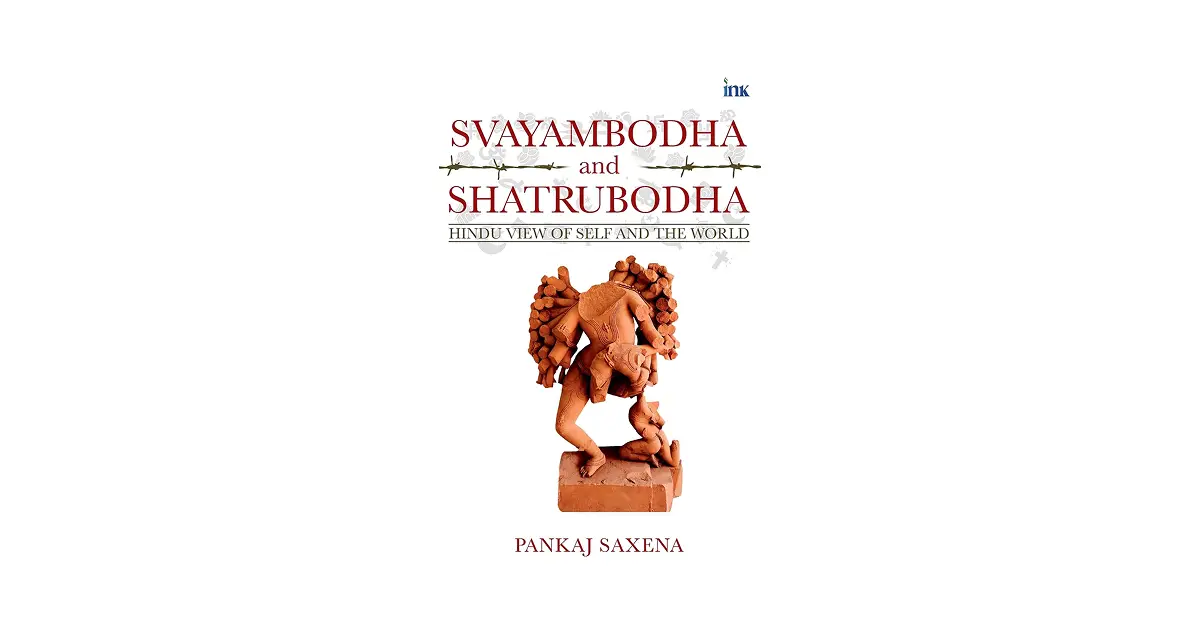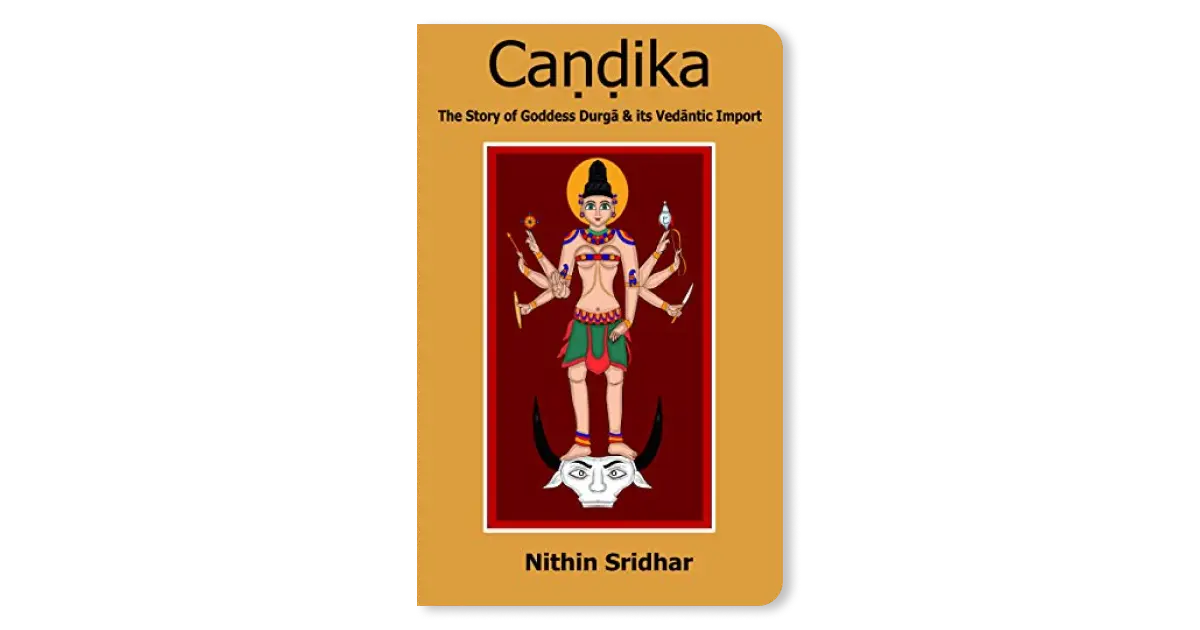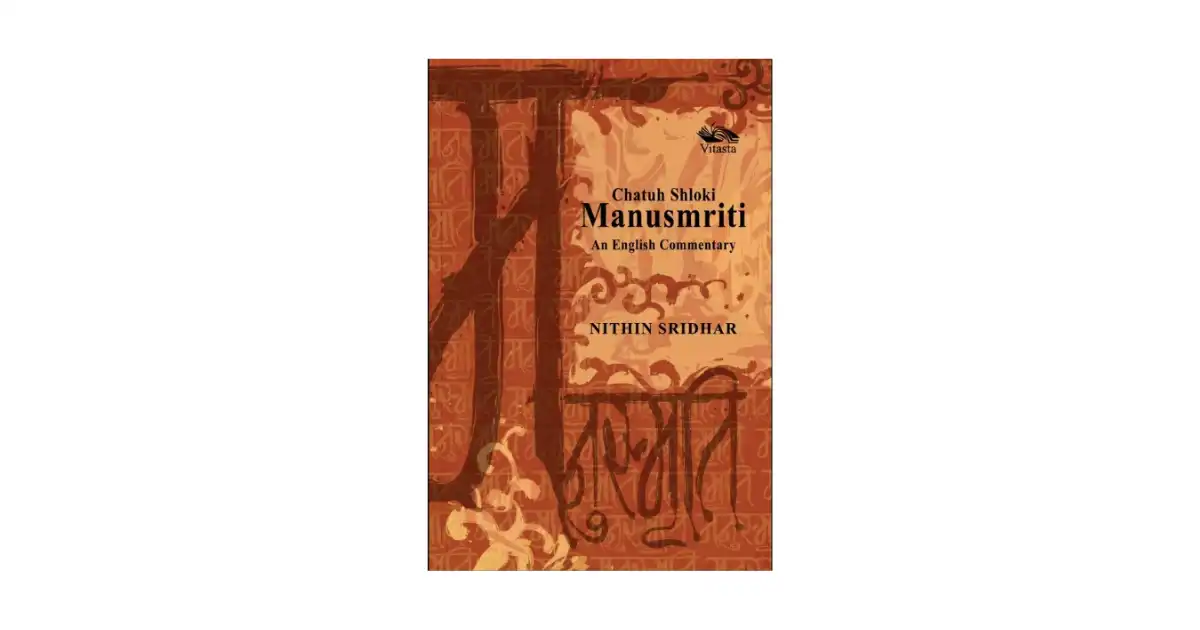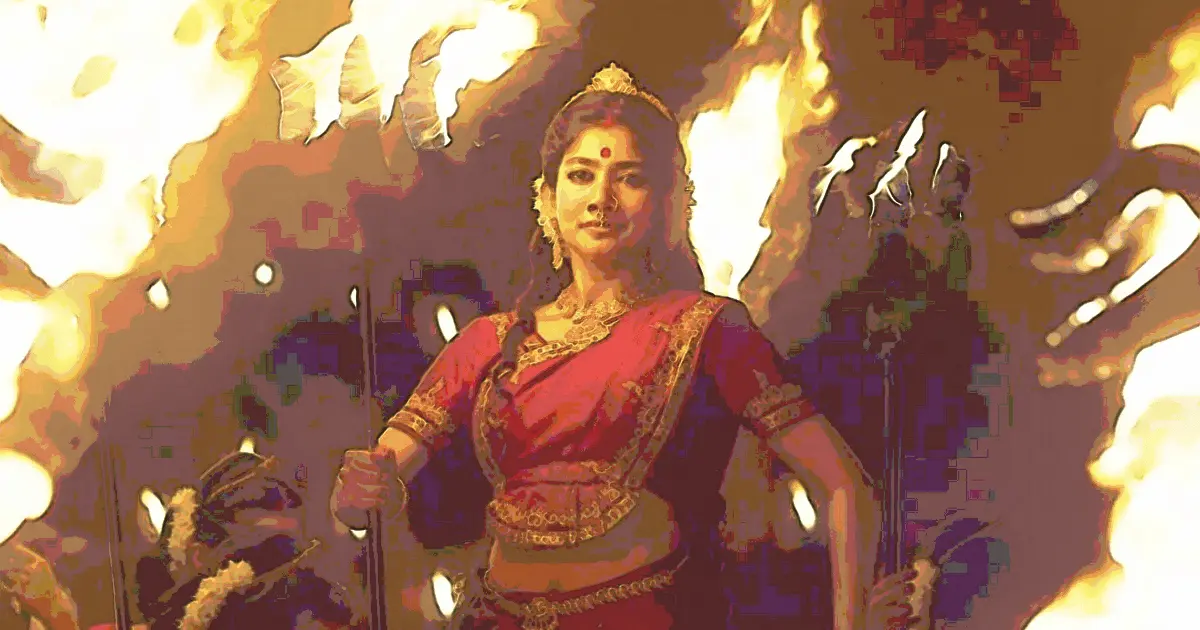The title is deliberate.
I usually prefer the subtle over the explicit, the enduring over the urgent.
This movie demands a dispelling of the niceties though. It compels us to sit up and shake things a bit. It does so not with any explicit agenda but just by being itself, by ignoring us.
In fact, it is the precise absence of any agenda, that easy self-awareness that lends authenticity. It is like our Civilization - Organic, Flowing and Continuous.
It locates itself smack in the middle of our discourse. What Kantara did to our understanding of our devas, Balagam does to our understanding of our people.
An emphasis on the sacred is the thread that ties both.
The movie has received both critical acclaim and audience love. A commercially successful movie this has catapulted the first time director into the major league. But this review is not about any of these things. It is a quick take on what this film means for our movement, I trade context and speed for comprehensiveness.
For those who want to take a detour and learn about the plot etc, a couple of review references are provided at the end.
How Balagam belies Marxist Sociology
By now, the knowledge of Marxist frameworks of analyzing (and breaking) Indian society is fairly common. Marx’s influence in generating this discipline of sociology is explained fairly succinctly by this entry in Britannica (link below)
“Marx’s most important contribution to sociological theory was his general mode of analysis, the “dialectical” model, which regards every social system as having within it immanent forces that give rise to “contradictions” (disequilibria) that can be resolved only by a new social system.”
Their project has forever been to show Indian society as ridden with these self same contradictions and thereby foist their pet dream of a new social system. When they failed with Class, they repurposed their instrumentality to ‘Caste’. Ironically, by doing so they join and draw from the imperialists. That is why their moral corruption is complete, irredeemable.
The organic kula-jati-varna structure of Indian society was contorted in a million ways to institutionalise the idea of an oppressive civilization and link it to Hindu scriptures (after rubbing the idea of a ‘Hindu religion’ on our heads). They invoked the Gramscian idea of ‘Cultural Hegemony’ to advance this goal.
Hegemony, to Gramsci, is the “cultural, moral and ideological” leadership of a group over allied and subaltern groups. This is the basis for the harangue we receive every day as ‘Brahmanical tyranny’, which apparently is holding our civilization back.
The response to this subversion and threat to national integrity needs to be coherent and strategic at 5 levels:
- Economic
- Political
- Cultural
- Philosophical
- Spiritual
There are gaps at all these levels but it is at the cultural level that we see the greatest chasm. Culture is the veins through which the lifeblood of our philosophy and darśanā-s flow into every part of Bhāratavarṣa.
This is the space that we need to reclaim urgently and the path to do that is not politics - It is performing arts and other creative media.
It is exactly here that Balagam enters this discourse, not agitationally but originally.
The movie is centred around the death of the patriarch of a community in a village. It takes us through the fragile egos, convenient morality and a million other shenanigans that make us human. It is raw (and we need to reclaim ‘raw’ from the association with vulgarity and violence) and detailed - Most critically for us in this context, it is the story of 'ritual purity' of a kula that is not ‘brahminical’.
The family scuttles around with all the micro-agendas to fulfil a critical death ritual. The ritual of paying our respects to our ancestors which is validated when a crow eats the offering. The crow embodies the soul of the ancestors. So, here we have a community offering their respect to their ancestor.They cook meat, offer liquor and do everything in between to appease the soul of the patriarch but with little luck.
The movie then takes us through an absolutely beautiful journey of self-discovery through metaphysics and rituals - the universals that bind all of us as a civilization.
We discover the common elements of all ancient civilizations:
- Ancestor worship
- Obeisance and worship of the fundamental forces of nature - devas for us
- Community rituals to mark the important phases that are common to all life - Birth, Death, Marriage etc.
- Alignment of socio-cultural life with natural cycles
The genius of the ‘Great Hindu Civilization’ is in the massive exploration and clarity of the underlying cosmology and metaphysics of ‘self’ which has then been suffused into everyday life as culture.
This is the ‘meta’. The very reason why we endure. The locus of control is decentralised, everywhere but meaning is tied to and derived from larger inter-dependent entities. This is a much bigger concept and achievement than 'enlightened self-interest'.
In a particularly poignant scene, we are told the philosophy of the ritual. Why are crows sacred and why are they considered as the core of this ritual. Anyone with a lived contact with our civilization would know that this is common, regardless of kula and jati. Are we able to experience that wonder, of inheriting a civilization that elevates a crow to such a level, not morally but ontologically!
It is this that rankles the Marxists and the Western Indologists. How can a civilization be built on such diversity? How can different groups have meaning and find security in being bound together without being dependent on the State?
How can such high metaphysics imbue everyday life without formal ‘education’? How can there be harmony with Nature? How are people content and not relying on the rule of ‘law’ for justice?
The path to discovering our civilization is through deep reflection on these questions. These questions lead to wonder, that wonder leads to gratitude, and it is ultimately gratitude that leads to preservation, and finally preservation leads to contentment
The one danger in the path of self-discovery are the other ‘explanatory’ models. Well-meaning in most cases but aimed at a political goal rather than a spiritual one. We don’t need science to explain either the Truth of the ritual or the emotion we feel in the embodiment. All we need is the humility to recognize that we are not the primal forces.
Gods are not a creation of our neural pathways or the chemicals they generate. They are more real than us. Ritual praxis is the way to recognize this within ourselves.
We are mere specks but simultaneous holders of a divine potential. There are many paths to realize that sacred core and our civilization curated that journey to suit our individual ways. This is the highest empathy there can be. Movies like Balagam remind us of this core and the method is civilizational too - Rituals and Story-telling as pedagogy.
